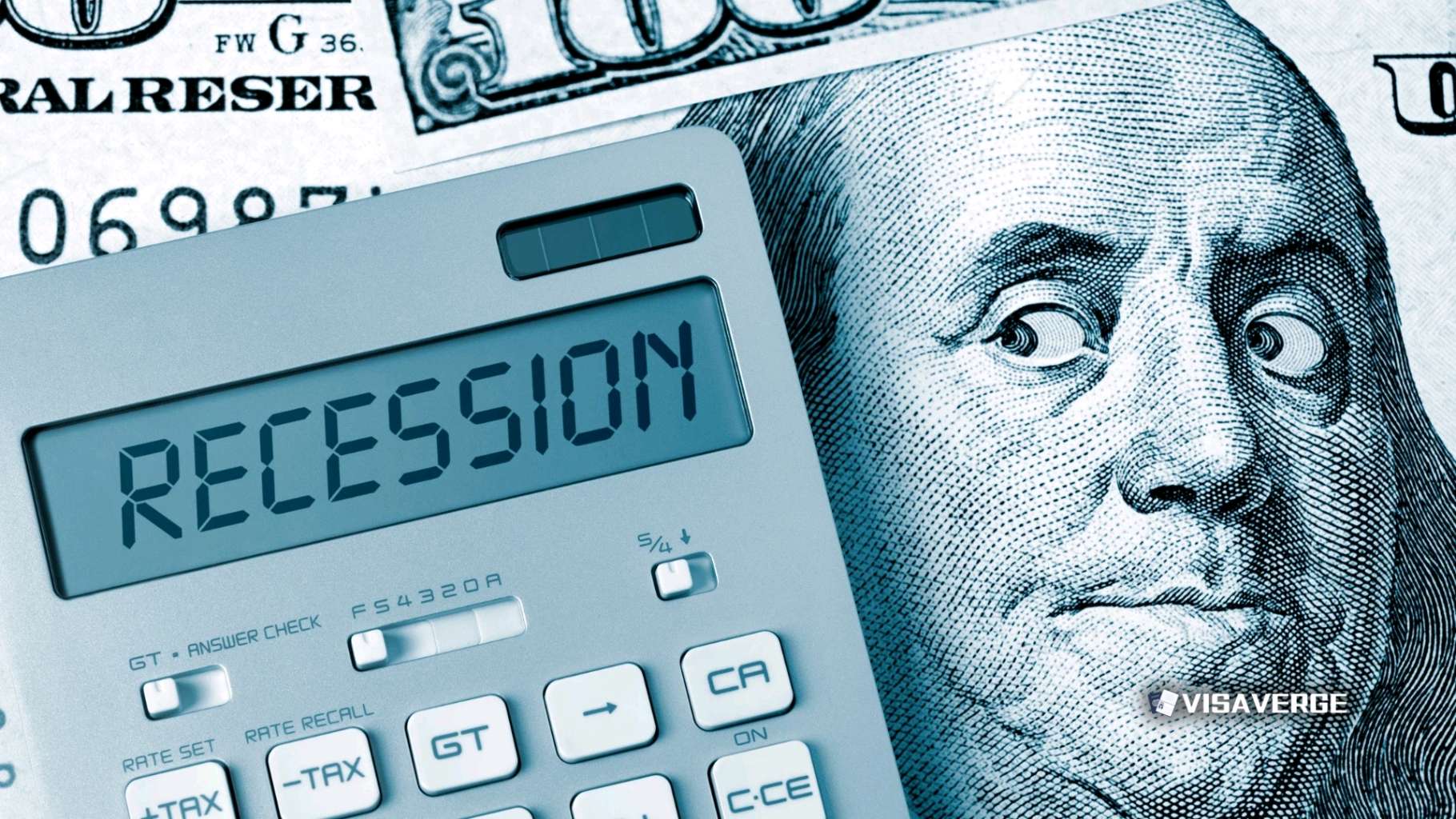American families are facing higher grocery bills as President Trump’s new tariffs, announced throughout 2025, sharply raise the cost of food. These Trump Tariffs, which took effect after April 2, 2025, target a wide range of food and agricultural sector imports, causing immediate price increases and uncertainty for consumers and businesses across the United States 🇺🇸.
The tariffs now range from 25% to 50% on many food products, including fresh fruits, vegetables, meat, dairy, grains, and processed foods. As of July 30, 2025, nearly 75% of all U.S. food imports are subject to these higher tariffs, making this the most aggressive trade policy since 1909. The average effective tariff rate has climbed to 22.5%, a level not seen in over a century.

Consumers are feeling the impact at the checkout line. Grocery stores and food retailers are passing most of the increased costs onto shoppers. According to recent data, the overall price level from all 2025 tariffs has risen by 2.3%, which means the average U.S. household is losing about $3,800 per year (in 2024 dollars). For low-income families, the annual loss is about $1,700, since food makes up a bigger part of their spending. Many food categories now show double-digit price increases, making it harder for families to afford basic staples.
Farmers and the agricultural sector are also under pressure. U.S. producers face higher costs for things like fertilizer, machinery, and animal feed, which are also affected by tariffs. At the same time, other countries have responded with their own tariffs on U.S. farm goods, making it tougher for American farmers to sell their products abroad. This double hit is squeezing farm profits and adding to the uncertainty in rural communities.
Retailers and importers are struggling to keep shelves stocked and prices stable. Many are looking for new suppliers or renegotiating contracts, but supply chain disruptions and higher costs remain a challenge. The Trump Tariffs have also led to a 0.9 percentage point drop in U.S. real GDP growth for 2025, with experts warning of long-term economic effects if the tariffs continue.
President Trump and his administration defend the tariffs as necessary to protect American industries and reduce trade deficits. However, groups like the Tax Foundation and grocery industry associations warn that the tariffs act like a tax on consumers, hitting low-income families the hardest and threatening food security.
Key facts:
– Trump Tariffs on food imports: 25–50%
– Average household loss: $3,800 per year
– Low-income household loss: $1,700 per year
– Share of food imports affected: 75%
– U.S. real GDP growth drop: 0.9 percentage points
As reported by VisaVerge.com, further tariff changes are expected soon, and the situation remains uncertain. For the latest official updates and guidance on tariff classifications or exemptions, visit the U.S. Department of Commerce.
Families, farmers, and businesses should watch for new announcements and consider budgeting for higher food costs. Staying informed and seeking help from official sources can help manage the ongoing impact of the Trump Tariffs on the food and agricultural sector.
Learn Today
Trump Tariffs → U.S. government taxes on imported food products ranging from 25% to 50%, effective in 2025.
Real GDP Growth → The inflation-adjusted increase in a country’s economic output and productivity over time.
Agricultural Sector → Industry involved in farming, including crop cultivation and livestock production supporting the economy.
Supply Chain → System of organizations, people, and resources involved in producing and delivering products to consumers.
Food Imports → Food products brought into the U.S. from other countries for domestic consumption.
This Article in a Nutshell
President Trump’s 2025 tariffs greatly increase food import costs, raising grocery prices and straining American households, farmers, and retailers nationwide. These tariffs reduce economic growth and create uncertainty in supply chains while protecting domestic industries amidst complex trade tensions.
— By VisaVerge.com












